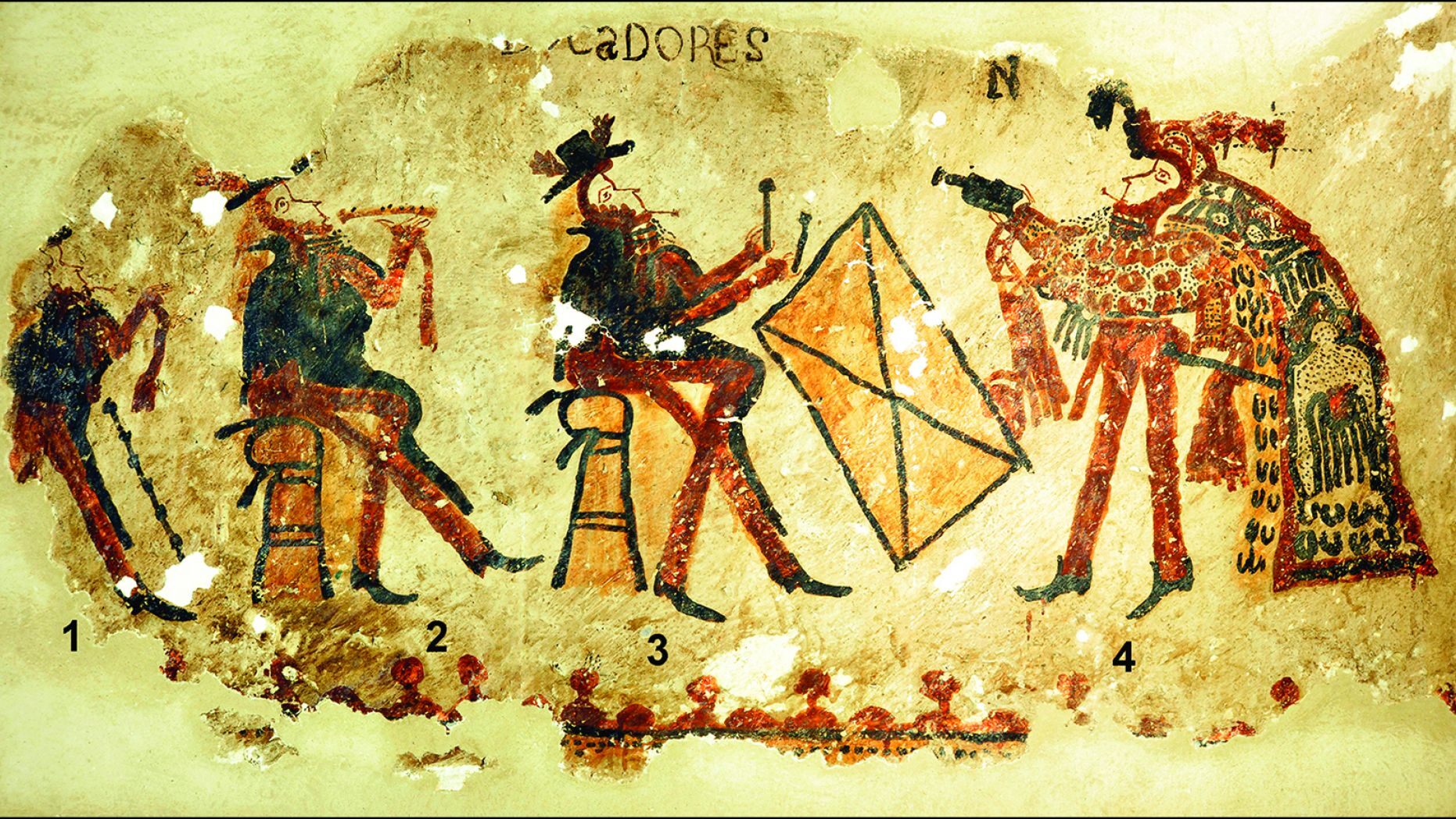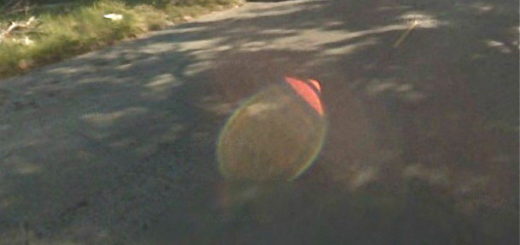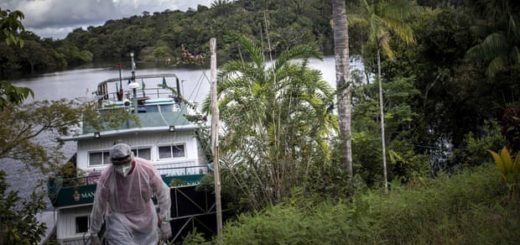Stunning ‘priceless’ Maya wall paintings reveal their secrets

Stunning Maya wall paintings have been discovered during the renovation of a house in Guatemala.
Found on the walls of a house in Chajul, experts say that the paintings are from the colonial period between A.D. 1524 and 1821. The paintings, which were discovered in 2003 by the house’s owner, have been conserved by a team of experts.
“The priceless paintings may represent a revival of local culture as Spanish authority waned,” researchers explain in a statement emailed to Fox News, noting that they combine indigenous techniques and motifs of Spanish origin.
HUGE MAYA MONUMENT IN MEXICO IS THE LARGEST AND OLDEST EVER DISCOVERED, ARCHAEOLOGISTS REVEAL
The research is published in the journal Antiquity.
Part of the mural, featuring musicians dressed in European attire (three figures on the left) and a dancer in Maya dress (figure on the right)
Part of the mural, featuring musicians dressed in European attire (three figures on the left) and a dancer in Maya dress (figure on the right) (credit: R. Słaboński/Antiquity)
Working with local Ixil Maya people researchers have gained insight into the paintings, which may depict ceremonial dances that recreate historical events. Specifically, the paintings may depict the Baile de la Conquista (Dance of the Conquest) and the Baile de la Reconquista (Dance of the Reconquest). “The former recollects the conquest of the Maya by the Spanish, whilst the latter tells the story of the Reconquista, a key part of Spanish Medieval history,” the researchers explained in the statement.
“Some of these dances were created by the Spanish to insert their ideals into local traditions, helping legitimatise their conquest and promote conversion to Christianity,” the researchers added. “However, the Dance of the Conquest was eventually reinterpreted as a tale of local history and repression.”
INCREDIBLE MAYA DISCOVERY: ANCIENT KING’S MASK UNCOVERED IN MEXICO
Many of the dances were banned in that region of Guatemala, which means that the paintings may represent a “lost” dance. The mural, which extends across three walls, features dancers in European attire and also dancers in Maya dress.



 Creators of mankind
Creators of mankind Description of “Tall white aliens”
Description of “Tall white aliens” Where they came from?
Where they came from? About hostile civilizations
About hostile civilizations The war for the Earth
The war for the Earth “Tall white aliens” about eternal life
“Tall white aliens” about eternal life Video: “Nordic aliens”
Video: “Nordic aliens” Aliens
Aliens Alien encounters
Alien encounters The aliens base
The aliens base UFO
UFO Technology UFO
Technology UFO Underground civilization
Underground civilization Ancient alien artifacts
Ancient alien artifacts Military and UFO
Military and UFO Mysteries and hypotheses
Mysteries and hypotheses Scientific facts
Scientific facts


















